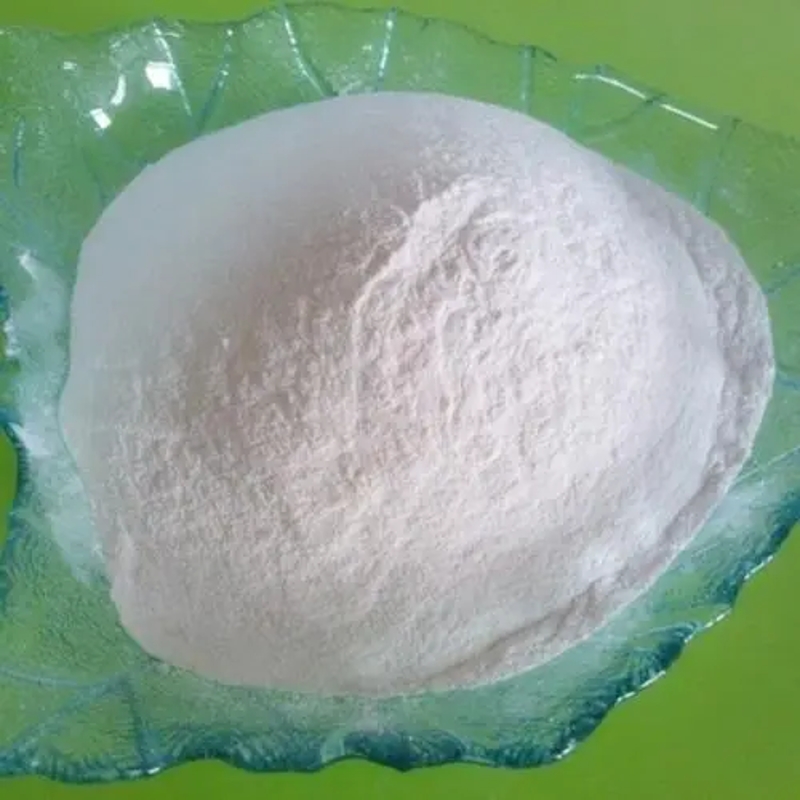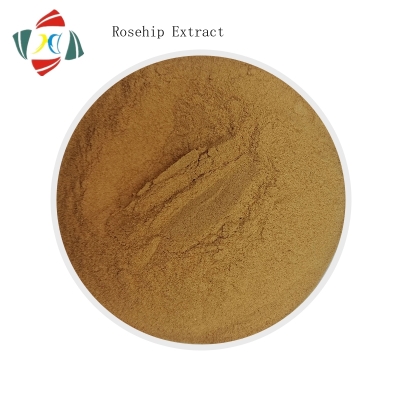-
Categories
-
Pharmaceutical Intermediates
-
Active Pharmaceutical Ingredients
-
Food Additives
- Industrial Coatings
- Agrochemicals
- Dyes and Pigments
- Surfactant
- Flavors and Fragrances
- Chemical Reagents
- Catalyst and Auxiliary
- Natural Products
- Inorganic Chemistry
-
Organic Chemistry
-
Biochemical Engineering
- Analytical Chemistry
- Cosmetic Ingredient
-
Pharmaceutical Intermediates
Promotion
ECHEMI Mall
Wholesale
Weekly Price
Exhibition
News
-
Trade Service
in the innate immune response caused by pathogen invasion or tissue damage.
Classical inflammasome are composed of
pattern recognition receptors, the effector protein Caspase1, and the scaffold protein ASC.
These pattern recognition receptors include members of the Nod-like receptors family, members of the AIM2-like receptors family, and Pyrin.
After being activated, the pattern recognition receptor is multipolymerized, and then ASC and Caspase1 enzymes are recruited to assemble into inflammasomes, which in turn activate Caspase1
.
On the one hand, the activated Caspase1 shears the pro-inflammatory cytokines interleukin-1β (IL-1β) and interleukin-18 (IL-18) precursors to promote their maturation and release; On the other hand, activated Caspase1 shears Gasdermin D to release its N-segment active fragment, which punches holes in the cell membrane and initiates lytic cell death, also known as pyroptosis
.
Different inflammasome can be activated by specific mechanisms, and most of the pattern recognition receptors of inflammosomes can recognize a certain type or class of stimuli
.
However, NLRP3 (NLR family pyrin domain-containing protein 3) inflammation is a special case because it can be activated by a wide range of stimuli, including extracellular ATP, bacterial toxins, poorly soluble particles and pathogenic microorganisms
.
It is generally believed that the activation of NLRP3 inflammasome requires two signaling steps, namely preprocessing and activation
。 Pretreatment signals can be obtained by toll-like receptor or cytokine receptor activation, which activates the NF-κB signaling pathway to promote the transcription and translation of NLRP3 and cytokines, and may also cause changes in NLRP3 post-translational modification.
The activation signal is mediated by the aforementioned stimuli to trigger the assembly
of the inflammasome.
Depending on the properties of these stimuli, several different mechanisms have been proposed to mediate the activation and assembly
of NLRP3 inflammasomes.
Most stimulants activate the NLRP3 inflammasome
by triggering intracellular potassium efflux.
However, the molecular mechanism of NLRP3 recognition induction remains a mystery, and it is a long-standing biological problem
in the field.
On November 28, 2022, Zhirong Zhang and Romeo RICCI's team from the French Institute of Genetics, Molecular Cell Biology (IGBMC) and the Telethon Institute of Genetics and Medicine (TIGEM) in Italy The Antonella de Matteis team published an online article on Nature Immunology on Distinct changes in endosomal composition to promote NLRP3 inflammasome activation The cellular biological mechanism of NLRP3 inflammasome activation was revealed: activation of NLRP3 occurs on endosomes, and NLRP3 is able to sense changes in endosomal components under stress
.
It has previously been reported that NLRP3 can be recruited into PI4P-rich vesicles (Phosphatidylinositol 4-phosphate), and this process is important for its activation [1].
。 By resolving the biological properties of this vesicle, the study authors found that NLRP3-positive vesicles carry markers for early endosomes, including EEA1, RAB5 and SNX2
.
In experiments to label early endosomes by transferring in loading, the authors also observed that NLRP3 was recruited onto
early endosomes rich in both PI4P and Transferrin.
NLRP3 is activated after recruitment to early endocytosomes and is able to initiate the assembly
of inflammasomes.
These results suggest that activation of NLRP3 occurs on early endosomes, rather than on vesicles derived from trans-Golgi networks (TGNs), as previously reported [1].
By regulating the activity of the kinase PI4Ks (Phosphatidylinositol 4-kinases), which is responsible for PI4P synthesis, and phosphatases, which are responsible for PI4P degradation, the authors further demonstrated that PI4P plays a key role in NLRP3 activation on endosomes rather than TGN-derived vesicles
。
Figure 1 The activation of NLRP3 occurs on endosomes, why is PI4P enriched on
endosomes? In the course of further research, the authors were surprised to find that NLRP3 activators can disrupt the endosome-ER contact site (EECS), leading to the enrichment
of PI4P on endosomes.
This phenomenon is consistent with previous reports that EECS plays a crucial role in the fine regulation of PI4P levels on endosomes [2,3].
In HeLa cells with IOPs, anchored proteins VAPs (VAPA and VAPB) or PI4P transfer protein OSBP on endosomes (not expressing ASCs), PI4P is abundantly enriched on endosomes, and NLRP3 can be spontaneously recruited onto
endosomes 。 At the same time, after knocking out VAPs or OSBPs in THP-1 cells, the authors found that these cells were able to activate NLRP3 inflammasome
with only LPS pretreatment.
These results suggest that NLRP3 activators lead to the enrichment of PI4P on endosomes by disrupting EECS, which in turn promotes NLRP3 recruitment onto endosomes and initiates inflammasome activation and assembly
.
Fig.
2 NLRP3 activation blocks ETT and leads to TGN cargo blockade
of endosomesPrevious studies have shown that the rich assembly of PI4P on endosomes disrupts the normal division of endosomes (fission) and cargo sorting.
This in turn affects the transport of TGN-targeting cargo from endosomes to TGN (ETT).
Such cargo includes TGN46
for cyclic transport between cell membranes-endocytosomes.
Thus, the authors tracked the sublocalization
of TGN46 in cells stimulated by NLRP3 activators.
The experimental results showed that under the stimulation of NLRP3 activator, the cell sublocalization of TGN46 changed and localized to NLRP3-positive above
endocytosis.
This phenomenon suggests that TGN46 transport from endosomes to TGN may be blocked
.
By tracking Shiga-like toxin and another TGN cargo, CI-MPR, in cells under the same conditions, the authors further demonstrated that NLRP3 activators are able to block endosome-to-TGN transport, resulting in retention of TGN-targeted cargo, including TGN46, on
endocytosomes 。 The authors also observed the cellular sublocalization of TGN-tagged molecules GCC1/GCC88, GCC2/GCC185, Golgin97, and Golgin245/p230 containing the GRIP domain under equal stimulation conditions, and the experimental results showed no significant change
in the sublocalization of these molecules in cells stimulated by NLRP3 activators.
Since the localization of these marker molecules on TGN is not dependent on ETT, the possibility of TGN dissolution proposed by previous studies is ruled out [1].
Finally, the authors further revealed that ETT blockade is not just a side effect caused by stimulation of NLRP3 activators, but is actively involved in the activation process
of NLRP3.
In ETT-deficient cells, the authors observed phenomena similar to those observed in VAPs or OSBP-deficient cells, where PI4P is enriched on endosomes and NLRP3 is spontaneously recruited onto endosomes and activated
.
In addition, mice with myeloid cell EET deletion were more sensitive to LPS-induced endotoxemia, and this was mainly caused
by hyperactivation of NLRP3 inflammasomes.
Figure 3 The new model of NLRP3 induction recognition mechanism is summarized
This work revealed that the activation of NLRP3 inflammasome occurs on endophasomes, which provides a new guiding direction for the future research of NLRP3 inflammasomes.
At the same time, the detailed molecular mechanism of impaired endosomal function caused by NLRP3 activators was elucidated.
A new model of NLRP3 induction recognition - NLRP3 induction recognizes the changes
of specific components of endosomes under stress conditions.
Original link:
style="line-height: 1.
75em;margin-left: 8px;margin-right: 8px;margin-bottom: 0px;">
Platemaker: Eleven
References
1.
Chen, J.
& Chen, Z.
J.
PtdIns4P on dispersed trans-Golgi network mediates NLRP3 inflammasome activation.
Nature 564, 71–76 (2018).
2.
Dong, R.
et al.
Endosome-ER Contacts Control Actin Nucleation and Retromer Function through VAP-Dependent Regulation of PI4P.
Cell 166, 408–423 (2016).
3.
Rowland, A.
A.
, Chitwood, P.
J.
, Phillips, M.
J.
& Voeltz, G.
K.
ER contact sites define the position and timing of endosome fission.
Cell 159, 1027–1041 (2014).
Reprint instructions
【Non-original article】The copyright of this article belongs to the author of the article, welcome to forward and share, reprinting is prohibited without the permission of the author, the author has all legal rights, violators will be investigated
.







